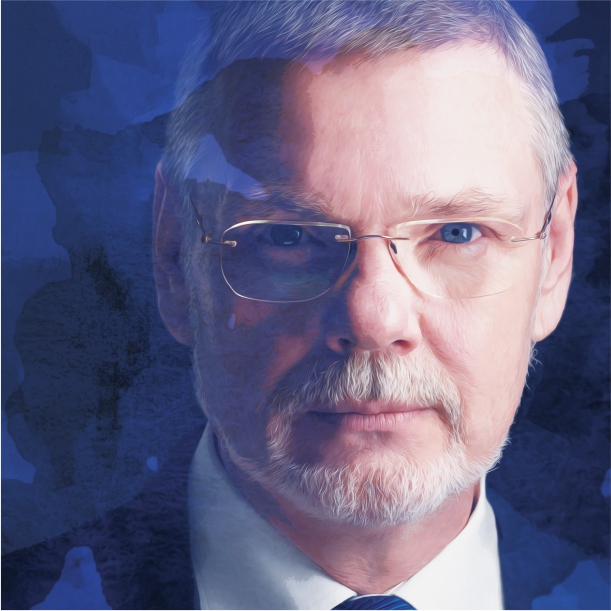
Summary: Busting the following myths:
MYTH 1: Every leader has a vision
MYTH 2: Vision is a gift that only a few can have
MYTH 3: Vision is an idea turned into a statement
MYTH 4: Visionary leadership is about consensus
MYTH 5: A visionary and a futurist are the same
Log In or become an AIMA member to read more articles
